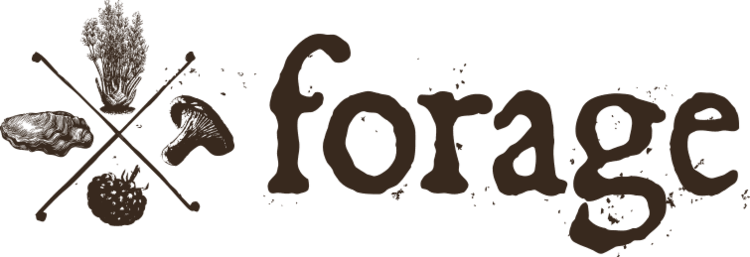Turn Your Next Hike Into A Hunt For Tasty Porcini Mushrooms
Porcini mushrooms are some of the most sought after wild fungi out there. They are beloved for their appetizing texture and rich flavor. These mushrooms can be quite costly if you choose to buy them. Many places sell porcini mushrooms for over $30/lb.
However, if you have a bit of time in Northern California and you know where to look, delicious Porcini mushrooms are 100% free. Foraging for wild mushrooms does take a bit of work but the hiking through the woods can all just be part of the fun with the right mindset. Correctly identifying wild mushrooms before consumption is crucial. Just because a mushroom seems to fit all of the characteristics of the edible mushroom that you are looking for doesn’t necessarily mean it’s safe to eat. This is because there are a lot of toxic mushrooms out there that look similar to edible fungi.
Luckily, the Porcini mushroom is one of the easiest mushrooms to safely identify. They cannot really be confused with anything else once you match their key attributes properly. A Porcini mushroom has brown skin on the top of its cap with a sponge-like consistency to the underside. They are propped up on a sturdy white stem.
While large and matured Porcini mushrooms may look like an appealing haul, pests have usually damaged them by this point. A full-grown Porcini can be over a foot tall and wide. Youngsters, on the other hand, are less likely to have been infiltrated by pests. Young Porcini mushrooms can be harvested when they are just 4-6 inches in height. The best time to forage for wild Porcini mushrooms is in the fall.
While the process of venturing into the woods to forage for mushrooms is fun on its own for anyone who enjoys spending time outdoors, no one wants to come back empty-handed. To increase your chances of finding some delicious wild Porcini mushrooms, it helps to have an idea of where they like to grow. Porcini mushrooms tend to grow under conifers such as spruce, pine, and hemlock.
Interestingly, the presence of the classic red and white Fly Agaric is a sign that you are on the right track. These mushrooms are much easier to spot and tend to grow in the vicinity of Porcini mushrooms. As you can see, paying attention to the presence of other organisms while foraging can lead you to the one that you are looking for.
Once you bring the fresh Porcini mushrooms back to the house, it’s time to clean them up before eating. It’s a good idea to chop or peel the base off of the stem to leave a clean and smooth bottom. The mushrooms can also be cut down the middle to check for any wormholes, especially if you don’t intend on cooking them right away.
To preserve Porcini mushrooms, you can slice, clean, and dry them. This gives the option of grinding them into a clean mushroom powder that can be used later. They can also be placed in the freezer in cut up pieces for later use.
Want to find your own? We have mushroom foraging classes all season in Marin, Sonoma, and the Santa Cruz Mountains.


